Brief : In this article, we are covering 4 best Linux distro for laptops, their features, system requirements and where you can download them.
Do you have a laptop running windows and looking for a Linux distribution to replace it? If yes, we have compiled the 4 best Linux distros for Laptop for beginners.
These operating systems are easy to set up and use, user friendly and stable. You don’t really need to be a techy nerd to use any of them.
Best Linux distro for Laptops
Ubuntu
Ubuntu tops the list of best Linux distro for Laptops. I’m running Ubuntu as my primary OS on a ASUS VivoBook S14 with 8th Gen i5, 8GB RAM and it runs pretty smooth. I was not able to make the fingerprint working, except which everything works pretty fine.
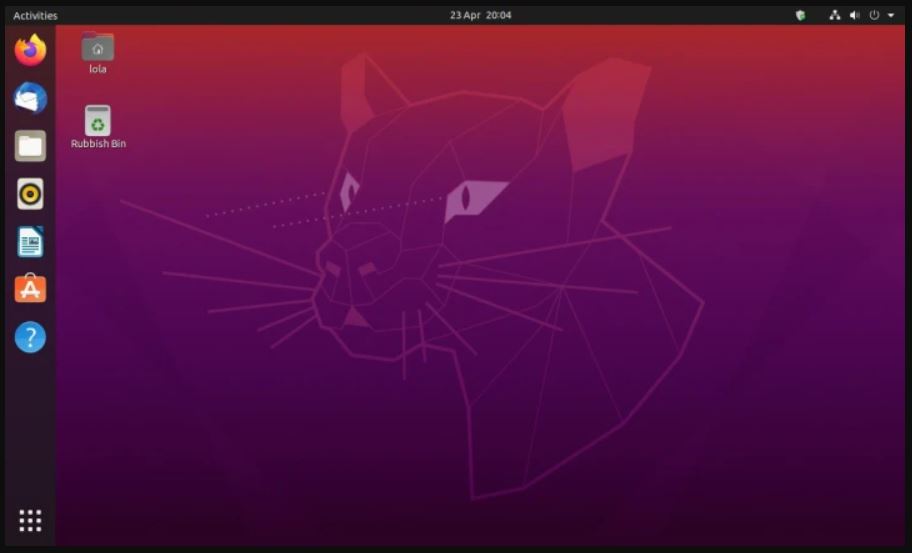
Ubuntu is a Debian based Linux distribution and maintains two releases – LTS and development. Long term support version gets a 5 year support for free security and maintenance updates while the development branch gets 9 months of support.
Current LTS release is Ubuntu 20.04.2, codenamed Focal Fossa while Ubuntu 20.10 is the latest version available to download.
Canonical switched from Unity (in-house desktop environment) to GNOME sometime back. There are many official flavors that comes with different desktop environments e.g. Lubuntu (LXQt), Kubuntu (KDE), Ubuntu Budgie (Budgie), Ubuntu MATE (MATE), Xubuntu (Xfce).
System Requirements
- 2 GHz dual core processor
- 4 GiB RAM (system memory)
- 25 GB of hard-drive space (or USB stick, memory card or external drive but see LiveCD for an alternative approach)
- VGA capable of 1024×768 screen resolution
- Either a CD/DVD drive or a USB port for the installer media
- Internet access is helpful
Download
If you plan to use a more stable version, you can select the LTS release. If you want to remain on top with latest updates, development one is for you. These can be downloaded from below page.
https://ubuntu.com/download/desktop
Other flavors can be download from below link
https://ubuntu.com/download/flavours
Linux Mint
Linux Mint is one of the simplest yet elegant Linux distributions. It uses Ubuntu LTS release as base for it’s 3 editions and Debian for the LMDE project.
It is a community driven distribution and works out of the box with full multimedia support. It has an easy learning curve due to the traditional desktop set up of taskbar, start menu and a desktop.
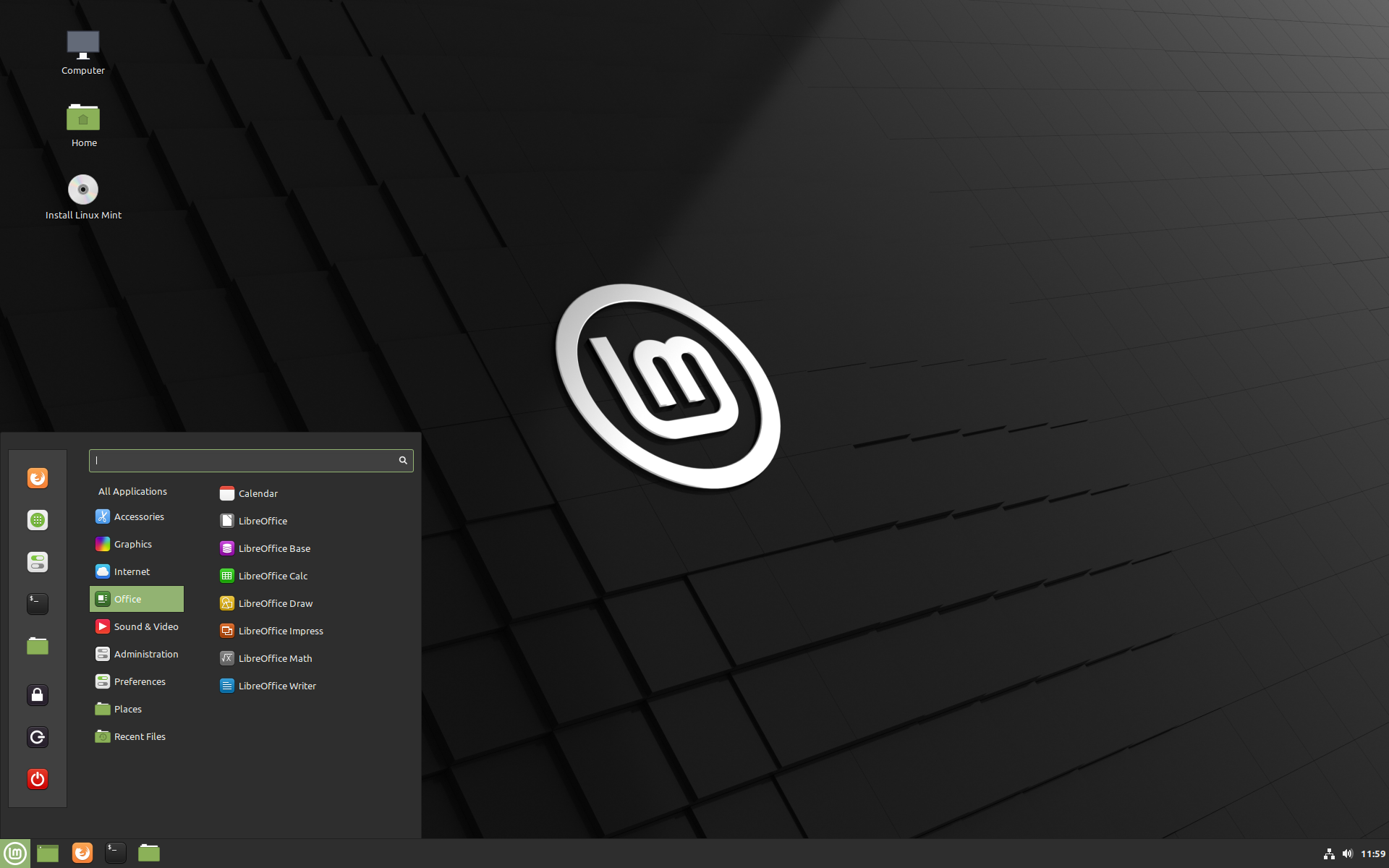
Linux Mint comes with 3 different editions – Cinnamon, MATE and Xfce. Cinnamon desktop was created primarily for Linux Mint and is the most used edition.
MATE is the classic desktop environment which takes less resources than Cinnamon and is more stable.
Xfce is the most lightweight of all three edition, extremely stable and very low on resources. If you have an older laptop, Xfce might be best for you.
The latest release available for download and use is Linux Mint 20.1 codenamed Ulyssa. It’s a Long Term Support release with support till 2025.
System Requirements
Recommended system requirements for running Linux Mint 20.1 is
- 2GB RAM
- 20GB of storage
- 1024×768 or higher resolution
Download
https://linuxmint.com/download.php
Linux Mint also maintains a LMDE project – Linux Mint Debian Edition. This is to ensure that Linux Mint doesn’t go away if Ubuntu does, anytime in future. It uses Debian package base and available separately to download.
https://linuxmint.com/download_lmde.php
Manjaro Linux
Manjaro Linux is based on independently developed Arch Linux. Arch is one of the most powerful, fast and lightweight distribution with it’s own fair share of users. However, Arch Linux is aimed at experienced users who knows what they are doing and can do at least the basic setup themselves.
Manjaro makes it easier for beginner by providing a working OS out of the box and keeping the features of Arch Linux. You don’t need to set up everything and it packs the most used applications.
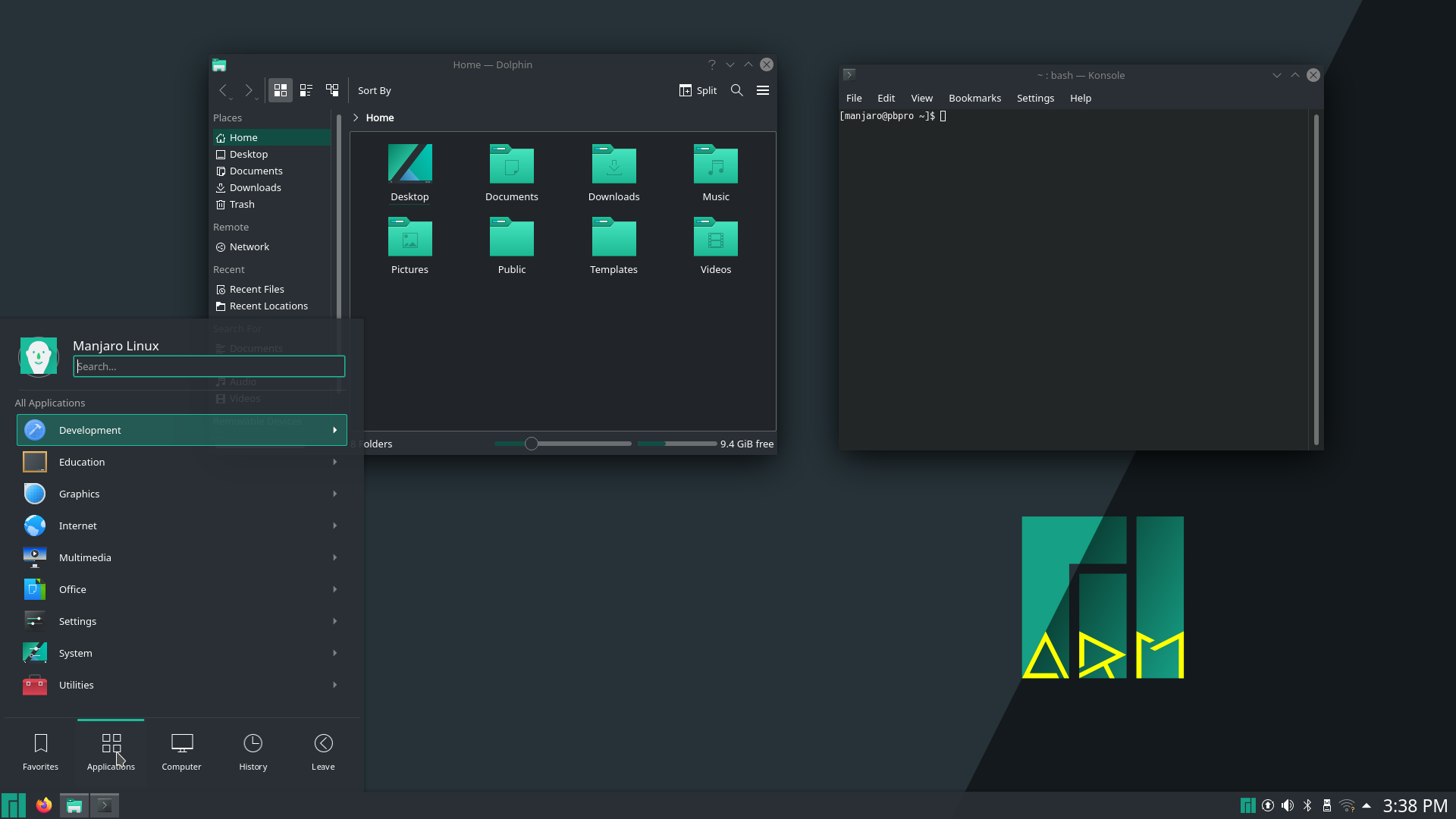
Manjaro comes in three variants – XFCE, KDE Plasma and GNOME. It maintains three branches – stable, testing and unstable. If you are new to Linux, its better to go with stable as its tested extensively and with less bugs.
Manjaro comes with its own tool to configure your system. There are programs included which you can install as per you need, update or remove them. While installation, you can choose the kernel, branch, any desktop out of the three, choose default shell and extra packages.
System Requirement
- 2GB RAM
- 30GB Hard disk
- 2GHz process or better
Download
Elementary OS
Elementary OS is another Ubuntu based Linux distribution which is probably the best in user interface. It uses its own desktop environmental called Pantheon with a dock and beautiful icons.
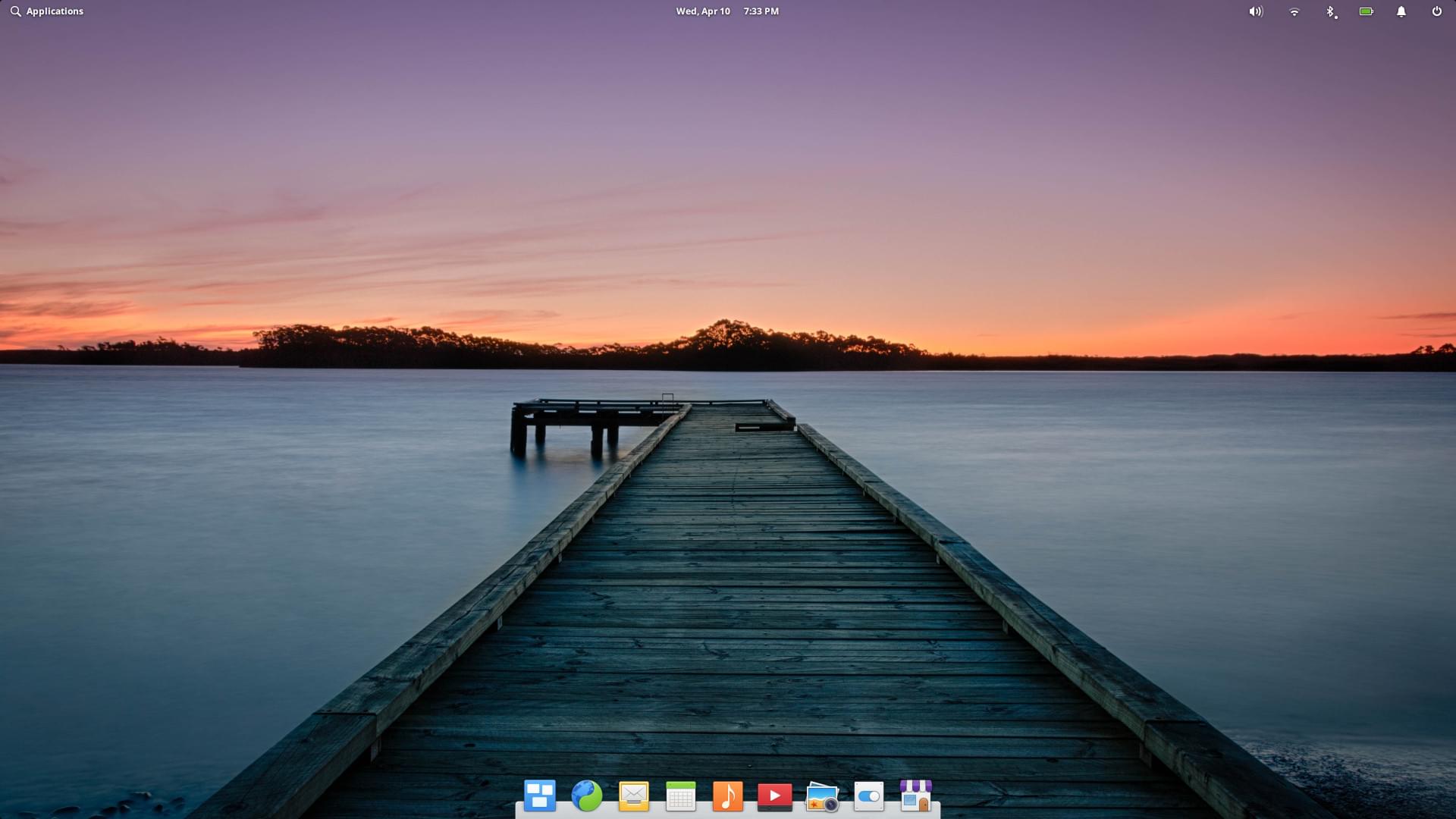
It comes with carefully selected applications and its own AppCenter. The USP of Elementary OS is its clean design, fast user interface and less bloated system. The AppCenter is open and unique which promotes pay what you want model to reward the developers, however it’s not mandatory.
Current available version for elementary OS 5.1 codenamed Hera, which came with a complete redesigned login and greeter, new onboarding experience, ways to sideload and install applications etc.
System requirements
- i3 or better 64-bit processor.
- 4GB of RAM
- 15GB of storage
- 1024×768 or better display.
Download
You can download Elementary OS from it’s homepage.
Wrapping Up
While compiling this list of best Linux distro for Laptops, I have considered you have at least decent specs and you are new to the Linux world. If you have an old system lying around, you can always check these lightweight Linux distributions.
What do you think should best suit a new user of Linux? Let us know in the comments.



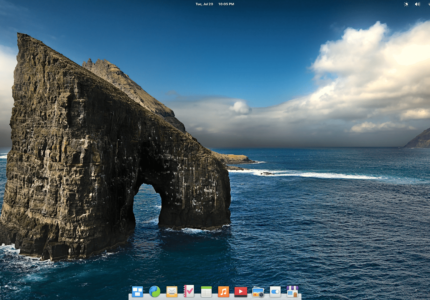
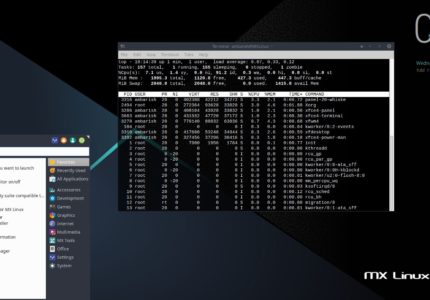

Eric Jackson
Mint has become oddly unstable as of late. I would have picked MX instead.
Ambarish Kumar
MX Linux is indeed a good OS. I was just concentrating on the mainstream ones for now from a beginner perspective.